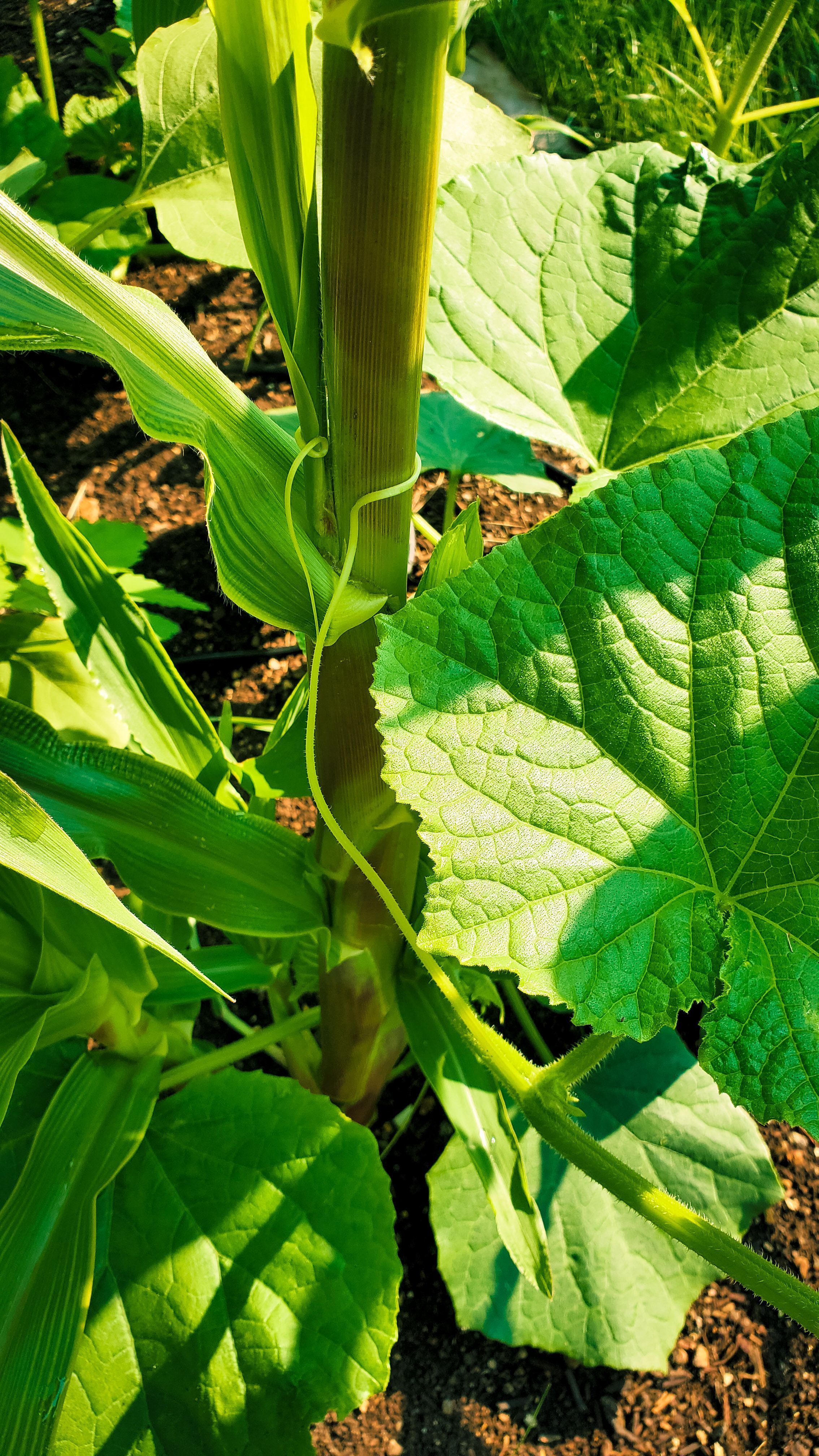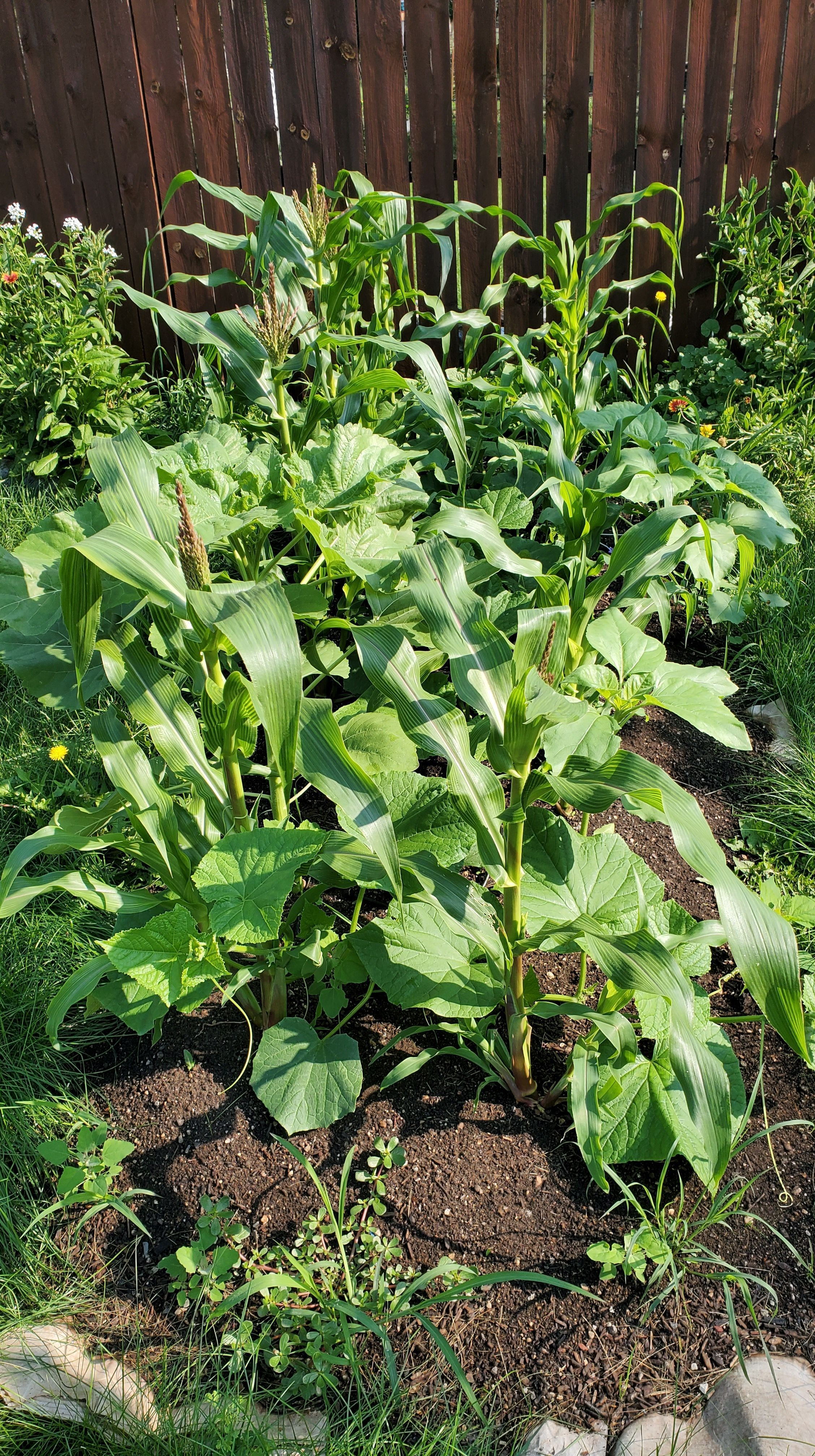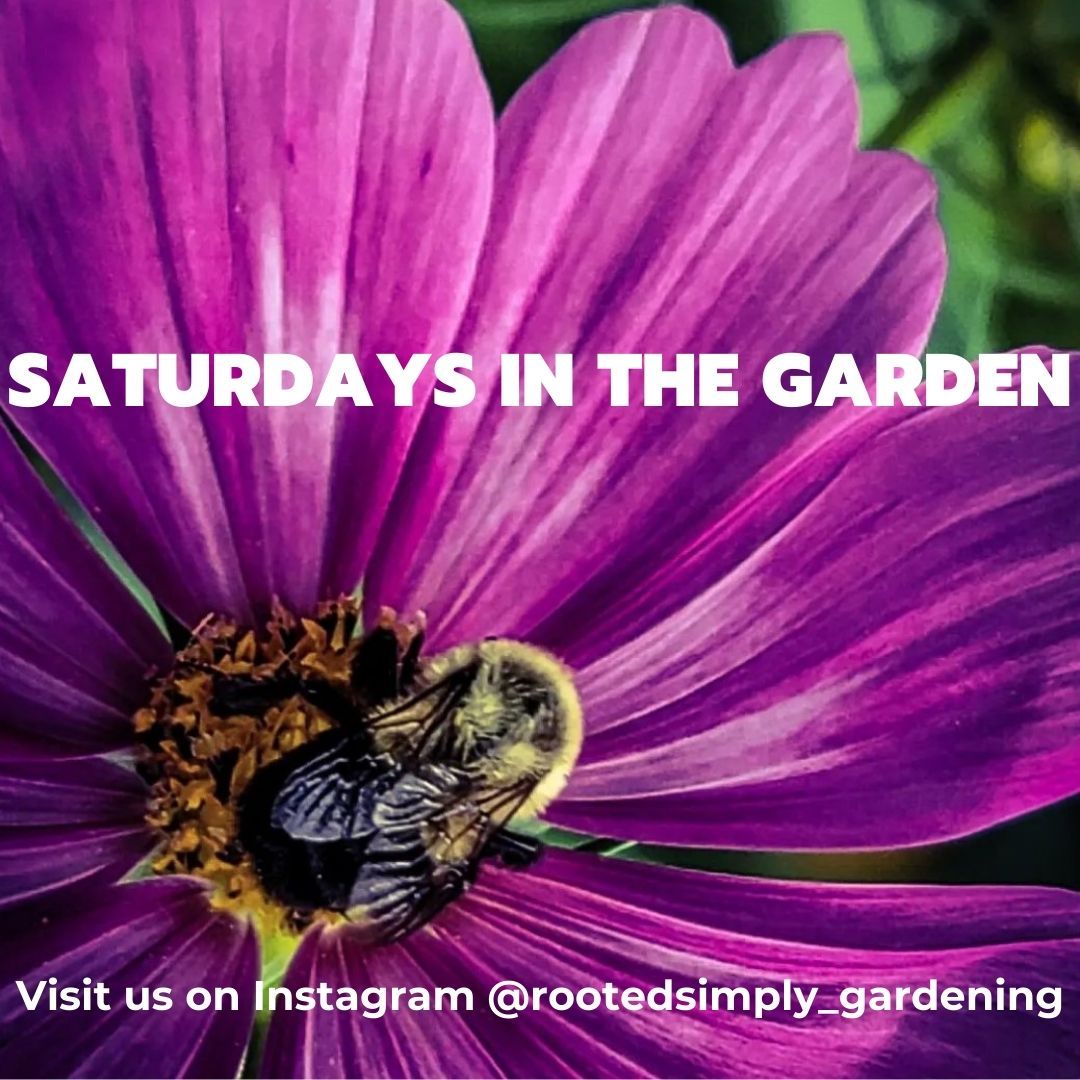
In the intricate dance of nature, companion gardening emerges as a time-honored practice that taps into the synergy between different plants to promote growth, health, and overall garden vitality. This age-old technique goes beyond the conventional notion of planting based on aesthetics or convenience and delves into the realm of mutually beneficial relationships between plants. Join us on a journey through the fascinating world of companion gardening, where plants become allies, supporting each other in a harmonious coexistence.
The Basics of Companion Gardening
Companion gardening is a holistic approach that involves strategically planting different species in close proximity to enhance their collective well-being. This practice aims to create a balanced ecosystem within the garden, where each plant contributes to the overall health and productivity of its neighbors. Common pairings involve plants that complement each other in terms of nutrient requirements, pest control, and growth patterns.
1. Nutrient Companionship:
Certain plant combinations exhibit complementary nutrient needs, ensuring efficient use of soil resources. For instance, nitrogen-fixing plants like legumes can be paired with nitrogen-loving crops to create a symbiotic relationship, enriching the soil with essential nutrients.
2. Pest Control Partnerships:
Companion gardening leverages the natural defenses of plants to ward off pests. Marigolds, for example, release compounds that repel nematodes, making them excellent companions for crops susceptible to these soil-dwelling pests. This natural pest management approach minimizes the need for chemical interventions.
3. Beneficial Habitat Creation:
Diversity in the garden is key to attracting beneficial insects that contribute to pollination and pest control. Companion planting encourages the cultivation of flowers and herbs that serve as habitat and food sources for beneficial insects, fostering a thriving and balanced ecosystem.
Challenges and Considerations

While companion gardening offers numerous benefits, it’s important to be mindful of potential challenges such as competition for resources and the need for thoughtful planning to ensure harmonious pairings.
Companion gardening is an artful practice that invites us to rethink traditional gardening methods. By harnessing the power of plant relationships, we can create resilient and thriving gardens that go beyond the sum of their individual parts. Embrace the beauty of harmony in the garden through companion planting and witness nature’s symphony unfold in your own backyard.


